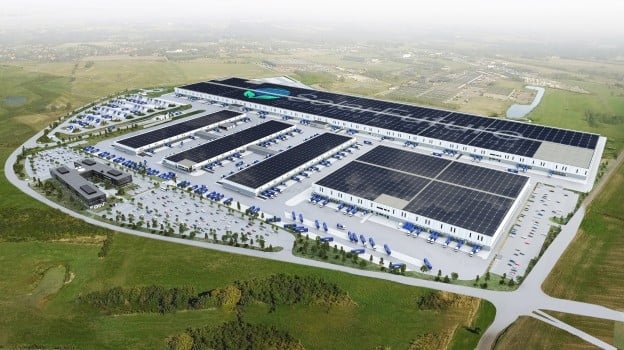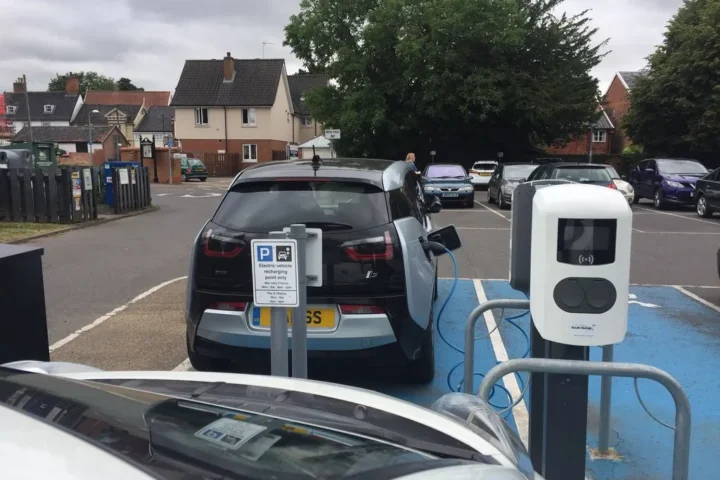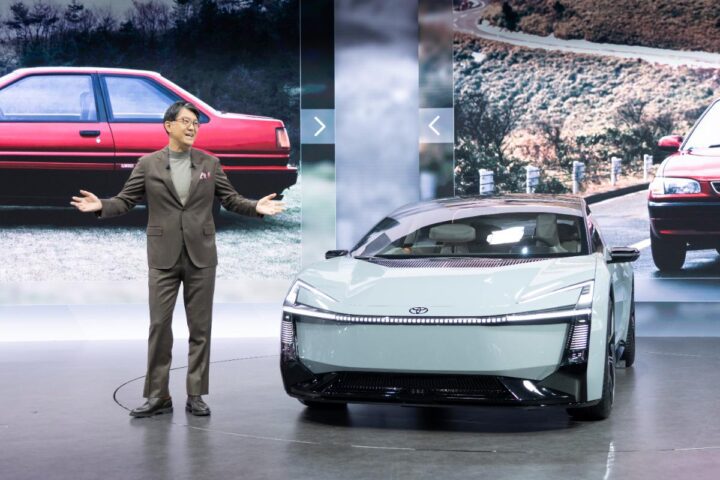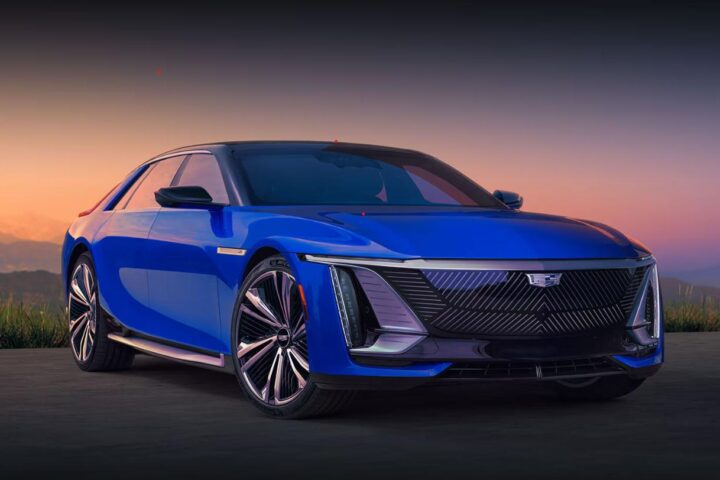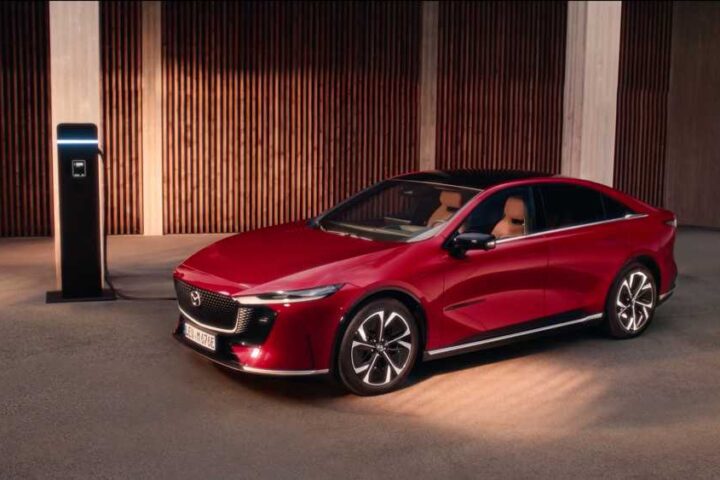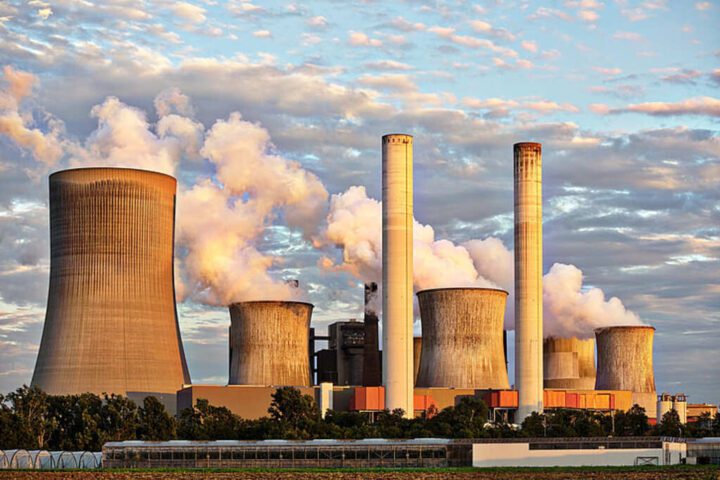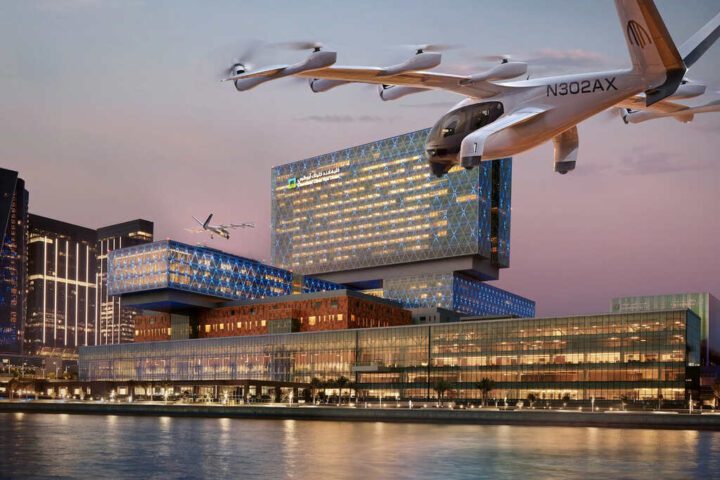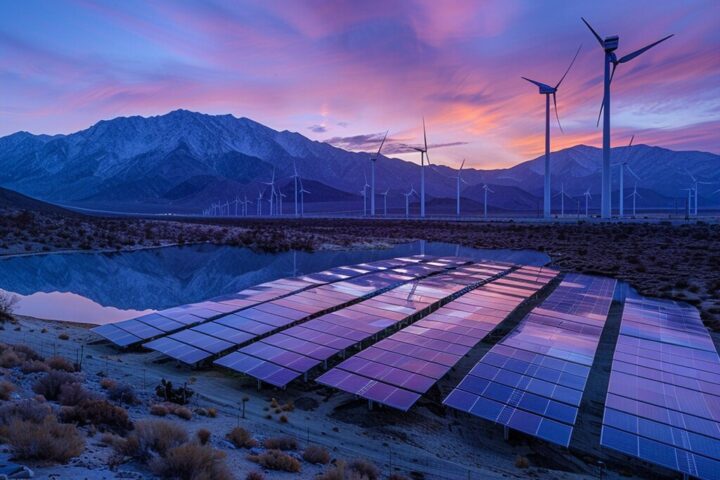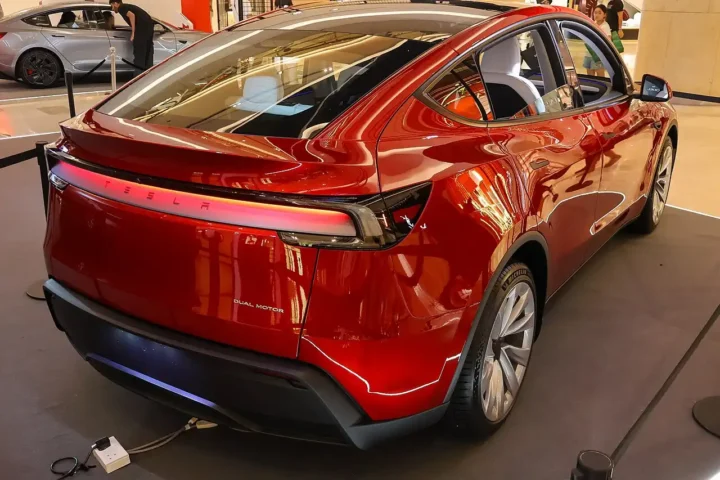The Danish cleantech company SolarFuture ApS is set to complete a massive 35-megawatt solar installation on the roof of a new logistics center by December 2024. According to official estimates, it will be the world’s largest rooftop PV installation. The logistics center, currently under construction, covers an area of over 300,000 square meters and is considered the fifth-largest building in the world.
The scale of the project being undertaken by the small cleantech company SolarFuture is breathtaking. With an area equivalent to 42 football fields, energy production on the commercial roofs of the logistics center achieves a new feat for DSV – Global Transport and Logistics.
The construction is a major step towards achieving the targeted tripling of solar and wind energy by 2030.
The world’s largest rooftop PV system is being constructed in Horsens, on the east coast of Jutland, Denmark. The flat roof provides ideal conditions for installing such a massive photovoltaic system.
Upon completion, an annual production of 33.15 gigawatt-hours of clean electricity is expected, equivalent to about ten percent of Horsens municipality’s electricity consumption. The CO2 savings are estimated at 5,300 tons per year – a significant contribution to the energy transition and climate protection.
However, the 15-member team from Denmark has already completed unique projects in the past: for example, the Copenhagen Opera House was equipped with a solar system, and several ground-mounted photovoltaic systems were installed along the famous Öresund Bridge, which connects Denmark with Sweden.
SolarFuture was founded in 2014, focusing on industrial and agricultural installations.
Similar Posts
It will be oriented east and west to maximize renewable electricity production throughout the day. This orientation is particularly sensible as the electric trucks are loaded in the morning, allowing them to use the first rays of the sun directly.
The SolarFuture project should serve as a model for countless other solar installations on logistics centers or factory buildings worldwide. It is unknown, however, whether there will also be an emphasis on storing electricity from the roof.
